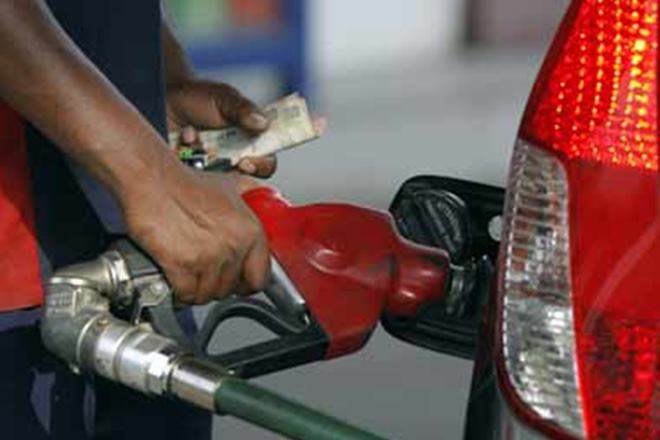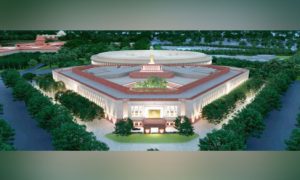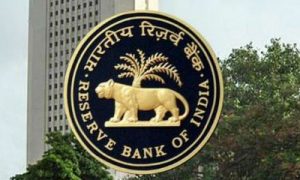Sri Lanka’s state oil entity and the Indian Oil Corporation’s local subsidiary have raised the prices of petrol and diesel amidst a severe foreign exchange crisis in the country. Petrol touched Rs 177 per litre in Sri Lanka while diesel was selling at RS 121/litre.
New Delhi/Colombo: Sri Lanka’s state oil entity and the Indian Oil Corporation’s local subsidiary have raised the prices of petrol and diesel amidst a severe foreign exchange crisis in the country even as the government said that negotiations are underway with India and Oman to work out credit lines for fuel purchases. The state-run Ceylon Petroleum Corporation (CPC) had urged the government for a price hike. However, the government has not allowed them to raise fuel prices since October. Sri Lanka is currently facing a severe foreign exchange crisis with falling reserves. At the beginning of December, the reserves were sufficient for just a month of imports. In November, the island nation’s only refinery was ordered to be shut due to the dollar crisis. The government has opted to import finished petroleum products instead.
The government said negotiations are underway with India and Oman to work out credit lines for fuel purchases.
Petrol RS 171/Litre; Diesel Rs 121
The CPC raised the price of petrol by Rs 20 and diesel by Rs 10. It is now selling petrol at Rs 177 and diesel at Rs 121 a litre. The price of Petrol 95 Octane was raised by Rs 23 to Rs 207 a litre. Petrol 95 Octane of Lanka IOC (LIOC), the subsidiary of Indian Oil Corporation in Sri Lanka, would be three rupees more expensive than that of the CPC.
Is Sri Lanka Staring at Default?
Recently, New-York based rating agency Fitch downgraded Sri Lanka’s sovereign rating to ‘CC’ from ‘CCC’, saying there is an increased probability of a default in coming months in light of the country’s worsening external liquidity position underscored by a drop in foreign exchange reserves.
The rating agency said it will be difficult for the government to meet its external debt obligations in 2022 and 2023 in the absence of new external financing sources.
Fitch said Sri Lanka’s foreign-exchange reserves have declined much faster than it expected, owing to a combination of a higher import bill and foreign-currency intervention by the Central Bank of Sri Lanka.
Foreign exchange reserves have declined by about USD 2 billion since August, falling to USD 1.6 billion at end-November, equivalent to less than one month of current external payments (CXP). This represents a drop in foreign-currency reserves of about USD 4 billion since end-2020, it said.
The latest Fitch statement came after Finance Minister Basil Rajapaksa assured parliament last week that the government was confident of meeting external debt payments when they fall due.
In order to tackle the reserves crisis, Sri Lanka has curtailed imports leading to shortages of essentials.





































